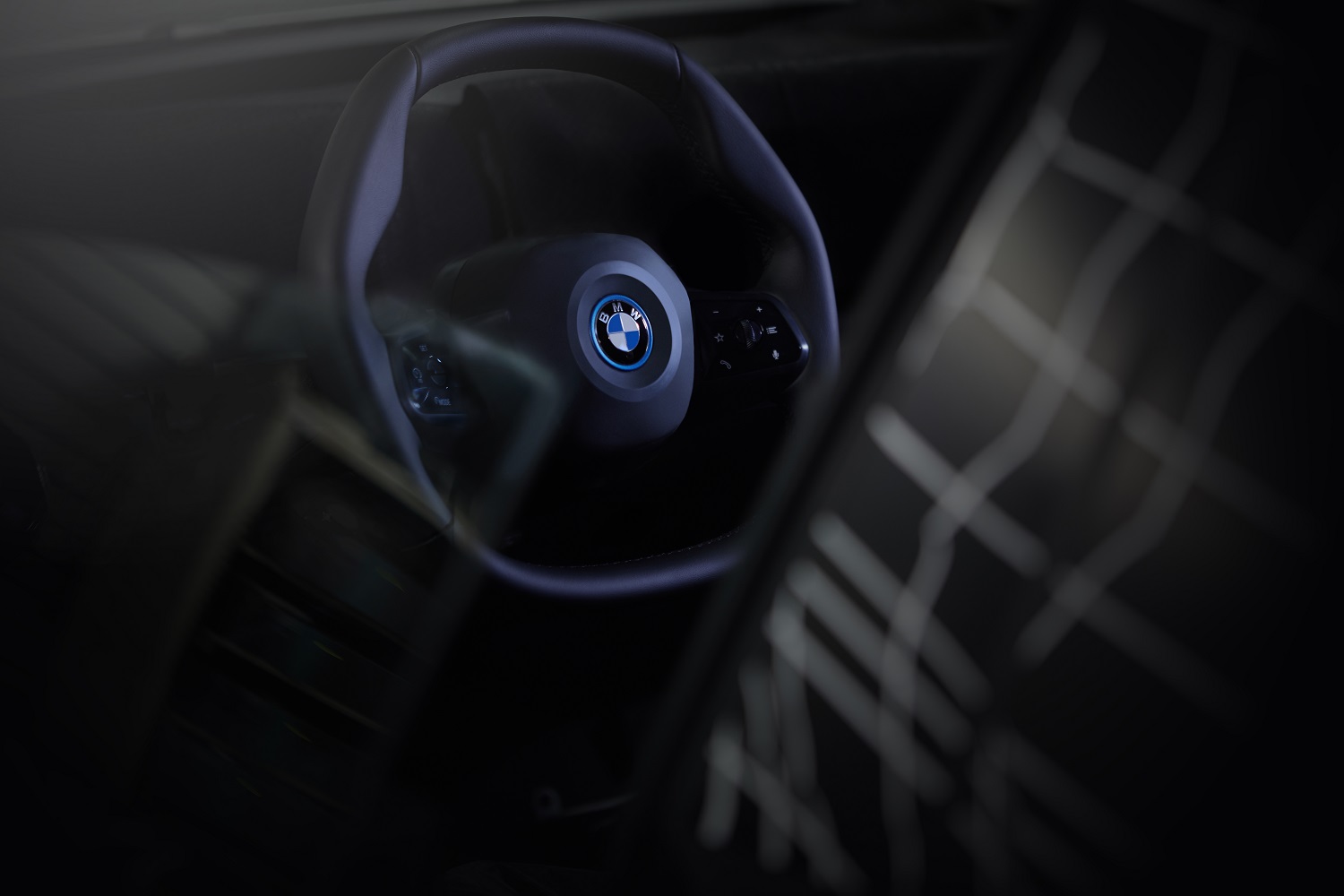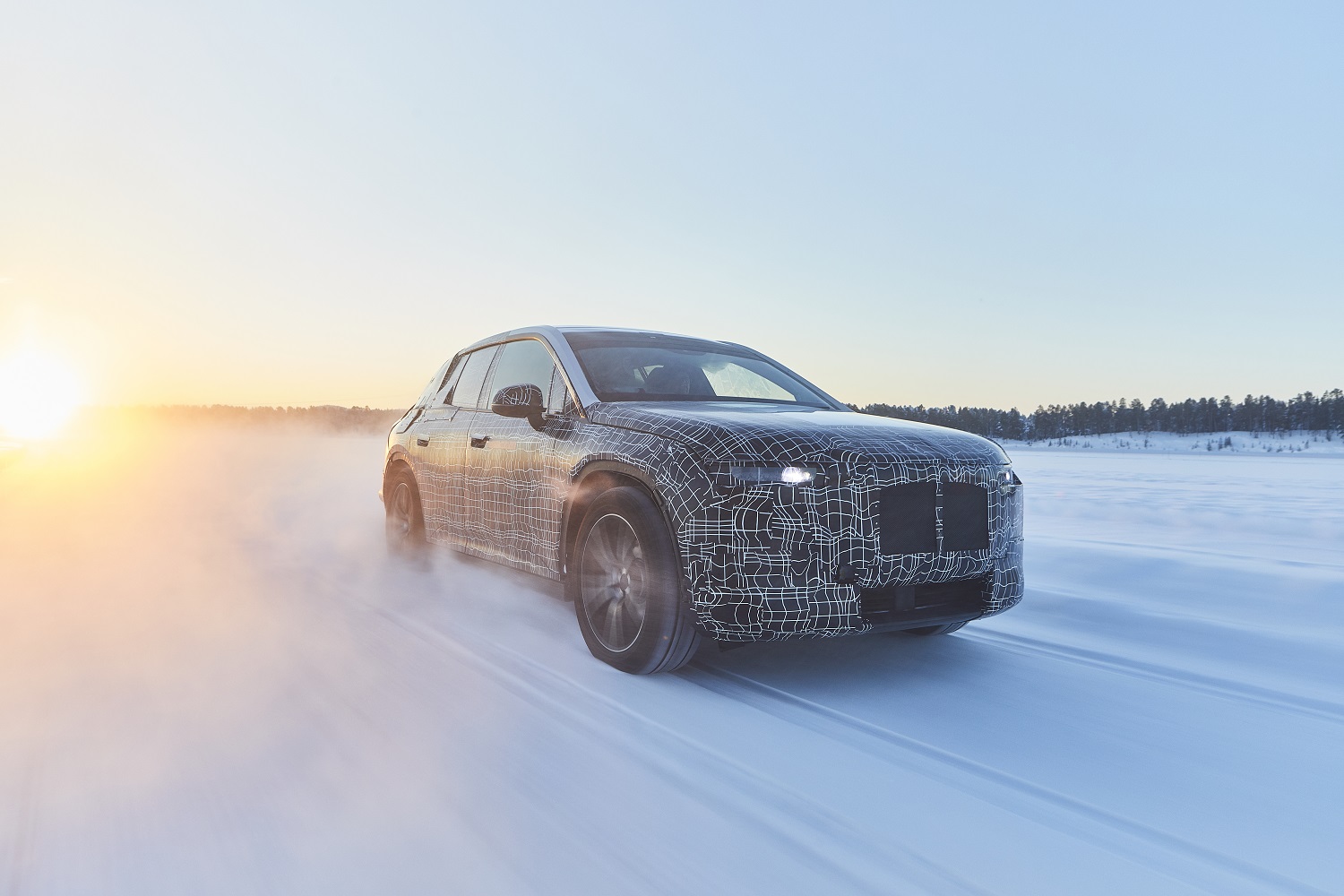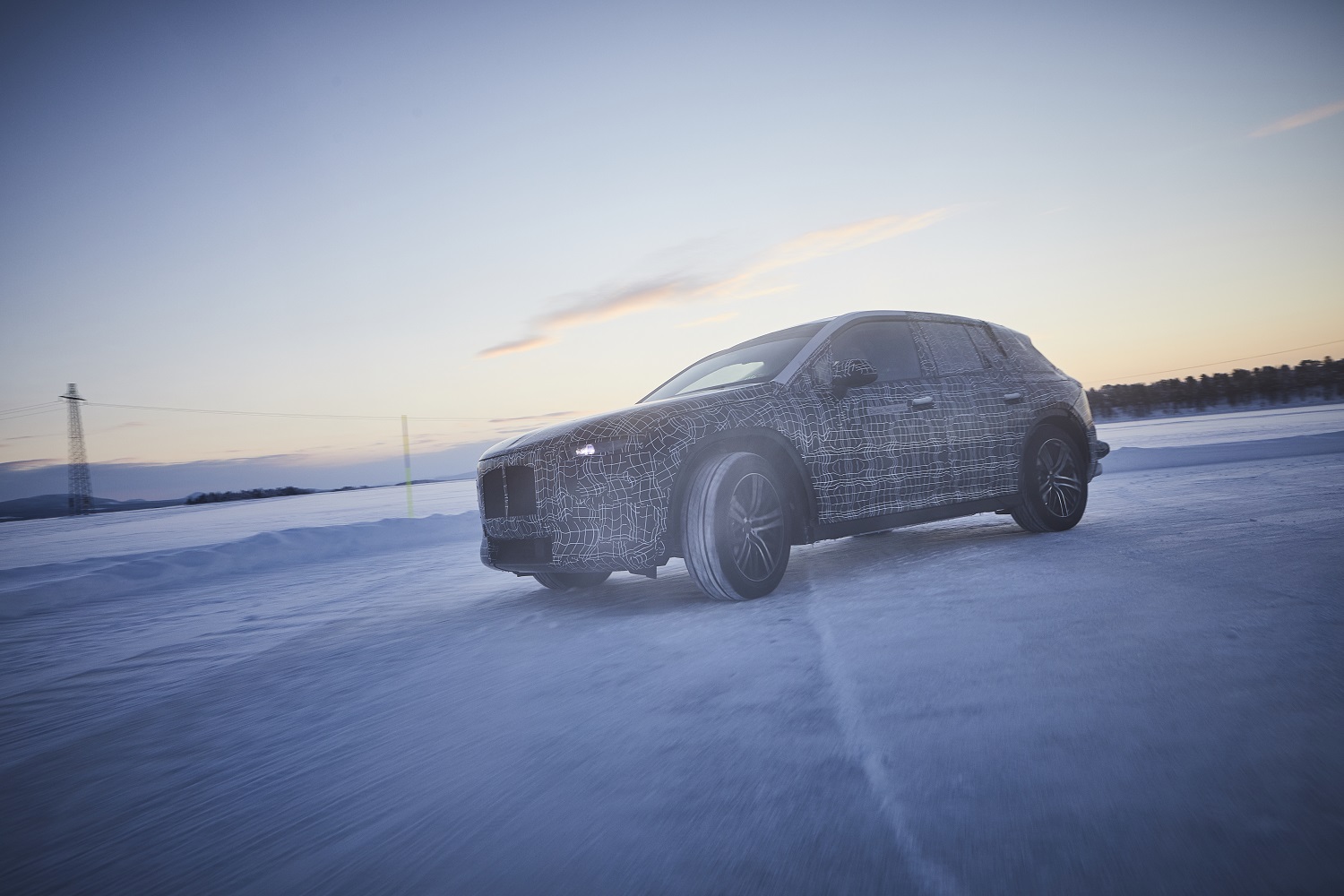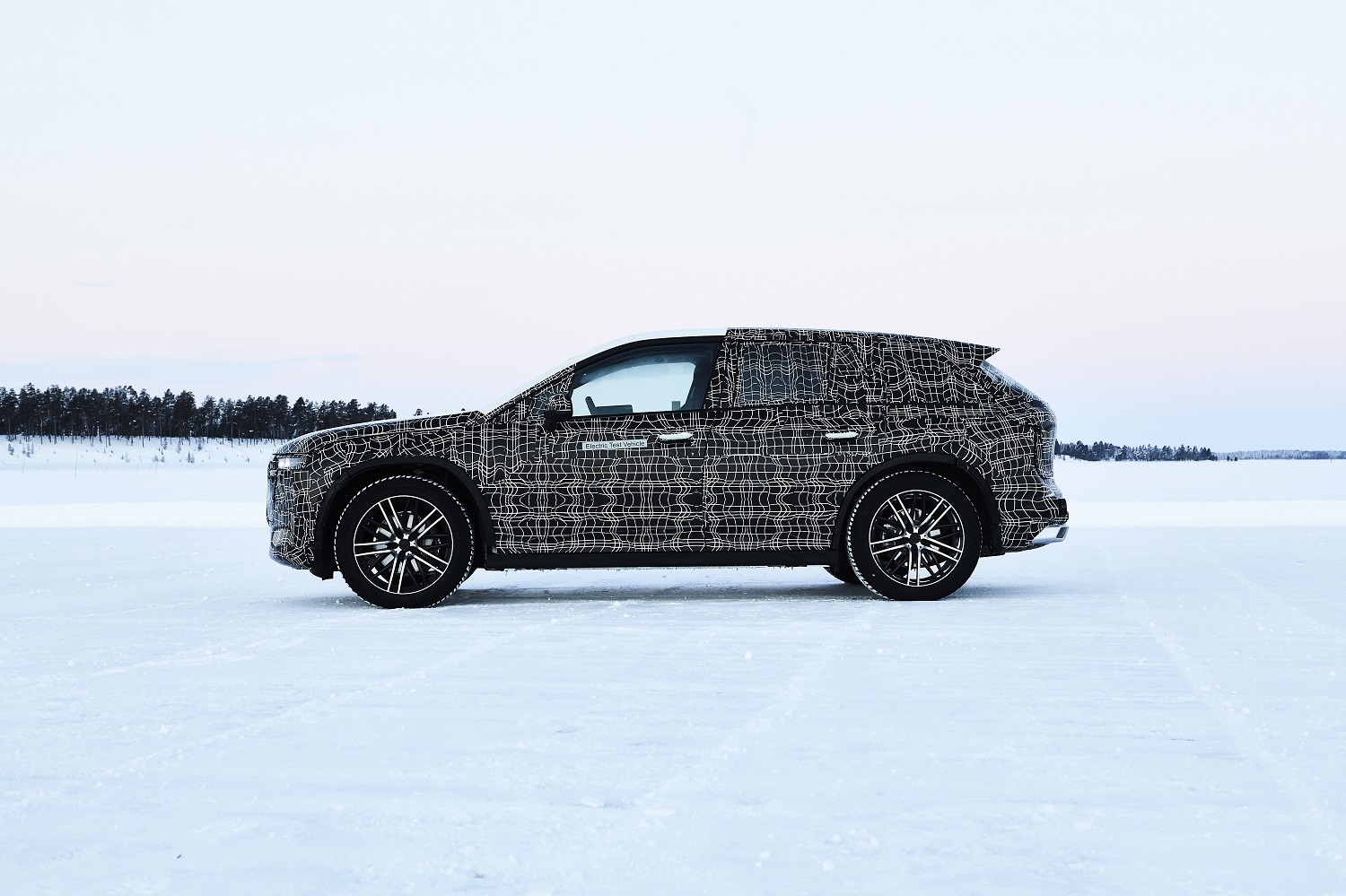BMW is in the process of developing its most high-tech model to date. Called iNext internally, this rolling showcase of automotive technology will be electric, drive itself in certain conditions, and come packing state-of-the-art connectivity features. We haven’t seen it yet (it’s not scheduled to arrive in showrooms until early in the next decade), but BMW is gradually releasing morsels of information to whet our appetite. The company notably hopes to reinvent the wheel — the one you steer with, not the one you roll on.
The iNext — which could wear the name i5 when it reaches showrooms — will come with the next generation of BMW’s infotainment technology. The software will be displayed on a wide, curved touchscreen that encompasses both the infotainment system and the digital instrument cluster. The display will be oriented toward the driver, but the front passenger will still be able to interact with it. BMW explained this layout creates a visual link between the iNext and its classic models, which have historically featured driver-focused center consoles while making the interior more ergonomic.
While BMW released a photo of screen, it reveals almost nothing about the car it’s in. However, images of a preproduction model undergoing cold weather testing somewhere frozen and well north of the Arctic Circle reveal it will arrive as an SUV about as big as the X5. The controversially styled iNext concept gave us an approximate preview of the model, though stylists will tone down the design as it transitions into a production model.
BMW previously confirmed the model will be entirely electric, though it hasn’t published technical specifications, and that Level 3 autonomous technology will be able to handle driving when the right conditions are met. The company’s interior stylists designed a polygonal steering wheel that promises to facilitate the transition between active driving, when a human is in control of the car, and conditional autonomous driving, when technology keeps the car pointed in the right direction. The polygonal shape will let the driver more accurately gauge the steering angle when he or she needs to take back control of the car because the autonomous technology has reached its limits.
Optical fibers integrated into the side of the steering wheel will tell the driver when the car is ready to drive itself, and when to take over. It will pack Level 3 autonomy, so it won’t be fully autonomous 100% of the time, but it will be able to drive itself in a traffic jam, for example. The iNext represents a significant step in BMW’s quest to release an autonomous car.
What remains to be seen is how BMW will offset the weight of the electric powertrain. The current members of BMW’s i sub-brand (the i3 city car and the spaceship-like i8) rely on carbon fiber to keep weight in check; the iNext could, too, or it could ditch composite materials in favor of lightweight metals for cost reasons.
The iNext — which BMW proudly calls its technology flagship — will enter production in 2021. The Munich-based company will release additional information about it over the coming months, and British magazine Autocar learned it’s tentatively scheduled to make its public debut during the 2019 Los Angeles Auto Show. If that’s accurate, we expect it will reach showrooms in time for the 2022 model year.
Updated 7-23-2019: Added information about the iNext’s steering wheel.









